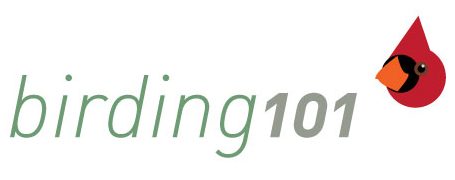More and more people get interested in nature.
It is easy to see that it is digital photography which is the engine of the new trend. It is likely that people who get into birds via digital photography, also start getting into plants and bugs, because it is easy to take photos and no one need to spend money on film anymore. The nature watchers of the future should become much broader and more knowledgeable than traditional birders. Similar photographic challenges with dragonflies or butterflies, are getting very popular. It is the digital photography which has made this possible.
It is also interesting to see that in countries which lack a traditional birdwatching movement, such as Brazil, Thailand, China, Costa Rica, nature watching through digital photography has become massive in recent years. The national parks and nature reserves of these countries are full of local people with massive cameras and blinds – all intending to take superb pictures of birds.
How do we get new and young members to our bird club?
Meanwhile, in the traditional stronghold countries such as US, UK, Netherlands and Scandinavia, there are often complaints that there is little regeneration of young birders. In fact every so often one hears the birders saying that the hobby is dying, as membership figures of bird clubs dwindle and the average age among the members is way over 60.
But if the birdclubs instead concentrated on recruiting new birders with a focus on bird photography and sharing photos on social media there is enormous potential for growth. As the potential is so large, it will also save the “old school” birding which considers good birding is about nurturing field identification skills. There will always be people who shine if enough people get into the “game”, but if we – the birders – close the doors and continue to promote birding the old way, the risk is that we shall not be competitive enough in the digital age. The kids will continue to play video games and be stuck behind the computers and the TV sets instead of discovering nature.
Bird photography in contrast is cool!
————————————————————————————————————————————–
This was the sixth pre intro-post in the birdwatching from the beginning series. There are two more intro chapters to go. Please make sure you tell your friends of this series so they can be with us from the start. Share the posts via email, or on Facebook, Google plus and Twitter. Check the sharing options below.
If you liked this post, you may want to subscribe to this blog. Soon the real chapters will begin.
Gunnar Engblom
Connect with Gunnar on Facebook or Twitter or kolibriexp@gmail.com
